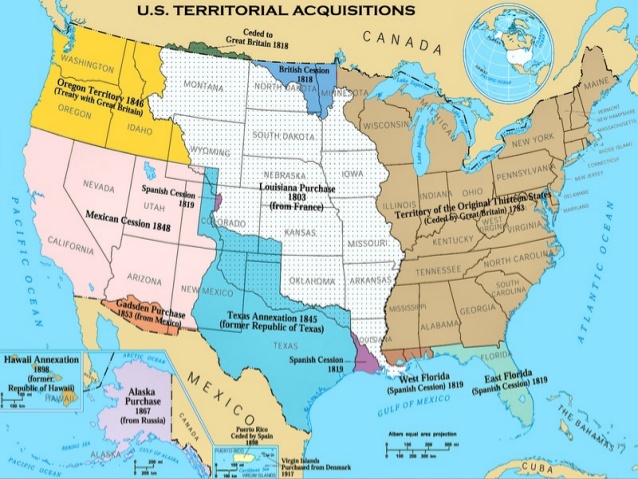- Joined
- Sep 24, 2010
- Messages
- 2,395
Here we go -
1. Why was Plumb using one piece steel construction on axe heads by 1930, while Kelly appears to never really followed suit.....
2. Have you ever seen a Kelly Perfect....Connecticut pattern?
3. According to old catalogs of Kelly, in 1911 the Black Raven had the same price point as the Flint Edge, Standard, etc, but by 1933 was second behind the Registered line......but yet the Black Raven is the "Cadillac" of the what we think
4. Who or what was exactly American Fork and Hoe, that bought out the biggest axe maker in the world in 1930? (9 short years after Kelly bought out the biggest axe manufacturer in the world)
5. If Collins doesn't have the massive flood of 1955, does everything change in the axe game as we know it?
6. William Sager, who founded Warren Axe and Tool Co in 1893, patented the Sager Chemical Process in 1895, left Warren Axe and Tool Co, and went to Louisville Axe and Tool Co - why didn't he take the Sager Chemical Process patent with him?
7. Leather is an absolute must on the axes of today - yet there is no to little mention of it in the catalogs of lore - why is leather important now and not back in the hey day of axes?
8. Just what exactly is the difference between Bessemer, Crucible, and Cast Steel ?
9. When did Council, est 1886, actually get into the axe game?
10. As the need for axes moved west with the population, why didn't an axe manufacturer come to be in the west or the north west? Logistics? Supplies? Easier to just rail road it out? Abundance of hardware stores to fill the order needs? Timelines and the death of the axe?
These are a sample of the questions that keep me up at night thinking about axe related material.
Any help here is warranted and appreciated.
I have some answers and insight here already but more is needed and appreciated.
Thanks.
Mike -
DBAxECo (Double Bit Axe Co)
1. Why was Plumb using one piece steel construction on axe heads by 1930, while Kelly appears to never really followed suit.....
2. Have you ever seen a Kelly Perfect....Connecticut pattern?
3. According to old catalogs of Kelly, in 1911 the Black Raven had the same price point as the Flint Edge, Standard, etc, but by 1933 was second behind the Registered line......but yet the Black Raven is the "Cadillac" of the what we think
4. Who or what was exactly American Fork and Hoe, that bought out the biggest axe maker in the world in 1930? (9 short years after Kelly bought out the biggest axe manufacturer in the world)
5. If Collins doesn't have the massive flood of 1955, does everything change in the axe game as we know it?
6. William Sager, who founded Warren Axe and Tool Co in 1893, patented the Sager Chemical Process in 1895, left Warren Axe and Tool Co, and went to Louisville Axe and Tool Co - why didn't he take the Sager Chemical Process patent with him?
7. Leather is an absolute must on the axes of today - yet there is no to little mention of it in the catalogs of lore - why is leather important now and not back in the hey day of axes?
8. Just what exactly is the difference between Bessemer, Crucible, and Cast Steel ?
9. When did Council, est 1886, actually get into the axe game?
10. As the need for axes moved west with the population, why didn't an axe manufacturer come to be in the west or the north west? Logistics? Supplies? Easier to just rail road it out? Abundance of hardware stores to fill the order needs? Timelines and the death of the axe?
These are a sample of the questions that keep me up at night thinking about axe related material.
Any help here is warranted and appreciated.
I have some answers and insight here already but more is needed and appreciated.
Thanks.
Mike -
DBAxECo (Double Bit Axe Co)


